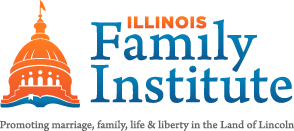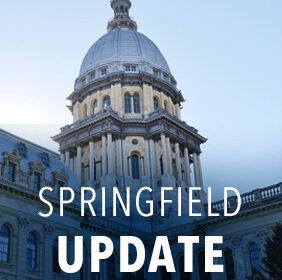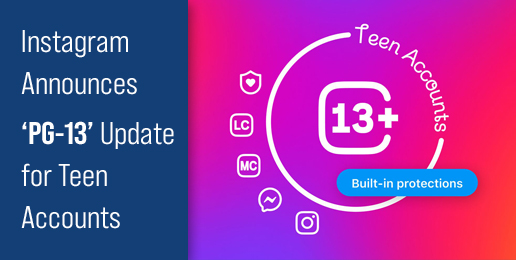
Instagram is one of the most popular social media apps that teenagers are regularly spending their time on.
Instagram is also one of the most dangerous apps.
Back in 2021, Meta whistleblower, Arturo Béjar, led research (BEEF) which showed that teens were actively in dangerous positions whenever they were on Instagram.
Here were the results of the study:
Nearly half (47%) of young teen Instagram users have encountered unsafe content and unwanted messages in the past month.
37% of 13-15-year-old users experienced at least one piece of unsafe content or unwanted message on a weekly basis, including roughly 1 in 7 who were seeing either self-harm content, unwanted sexual content, discriminatory content, or alcohol and drug content weekly.
Half (50%) of young teen users have found that Instagram’s “Suggested for You” or “People You May Know” pages recommended accounts of people they did not know but believed to be run by adults.
An overwhelming majority said they found their encounters with unsafe content and unwanted messages either disturbing and/or uncomfortable, yet a majority of young teen users that said they ignored the unsafe content or unwanted messages because they are “used to it now.”
If you remember, back in 2024, Meta CEO Mark Zuckerberg was rightly shamed by Senator Josh Hawley to stand up and apologize to the families whose children had been harmed by Meta’s apathetic approach to the content being allowed for adolescent viewing.
Last week, Meta announced that Instagram teen accounts will now be guarded by PG-13 ratings:
- Instagram is revamping Teen Accounts to be guided by PG-13 movie ratings, meaning teens will see content that’s similar to what they’d see in a PG-13 movie, by default.
- Parents who prefer extra controls can also choose a new, stricter setting.
- They’re also offering parents new ways to share feedback, including the ability to report content they think teens shouldn’t see.
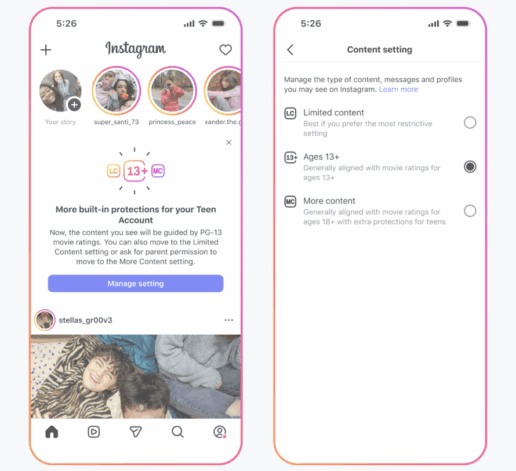
Teens who are under the age of 18 will also not be allowed to opt out of the PG-13 setting without parental permission.
In order to screen content to see whether or not it is PG-13 rated, Meta will use AI technology to scan content and compare it to content allowed in PG-13 movies.
For parents who believe that the PG-13 rating is still too loose, Meta is giving parents a “Limited Content” setting which places even more content and viewing restrictions on the app.
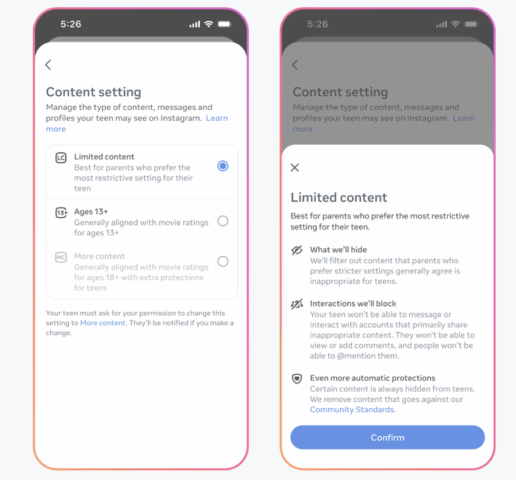
While it is great that Meta seems to be taking the dangers of social media for teens seriously, it is important for parents to not rely only on Meta for their child’s safety.
Parents, you are the primary protectors and guardians of your children’s minds and hearts– not Meta.
In comments to The Washington Stand, Mary Szoch, director of the Center for Human Dignity at Family Research Council noted,
“While it is encouraging that Instagram/Meta is taking a step towards improving the mental health of teens who have social media accounts, it seems pretty unlikely that the social media titan can guarantee a teenager will only see content similar to what they’d see in a PG-13 movie.
Social media content is updated on a minute-by-minute, sometimes second-by-second, basis. The only way for parents to ensure that their child is not bullied, exposed to sexual material or extreme violence, or isolated from real friends, is to remove our children from social media all together.”
Instagram is not what it used to be even 10 years ago. With its rise in popularity, it has become a location and a means for nefarious, predatory activity.
In addition to this, study upon study has revealed the addictive nature of social media because of its ability to trigger dopamine releases.
Infinite scrolling, auto playing of videos, tailored content, likes, and reposts all contribute to the “dopamine loop.”
Parents, the best decision you can make for your minor children– both for their physical and mental safety– is to keep them off of Instagram entirely.




